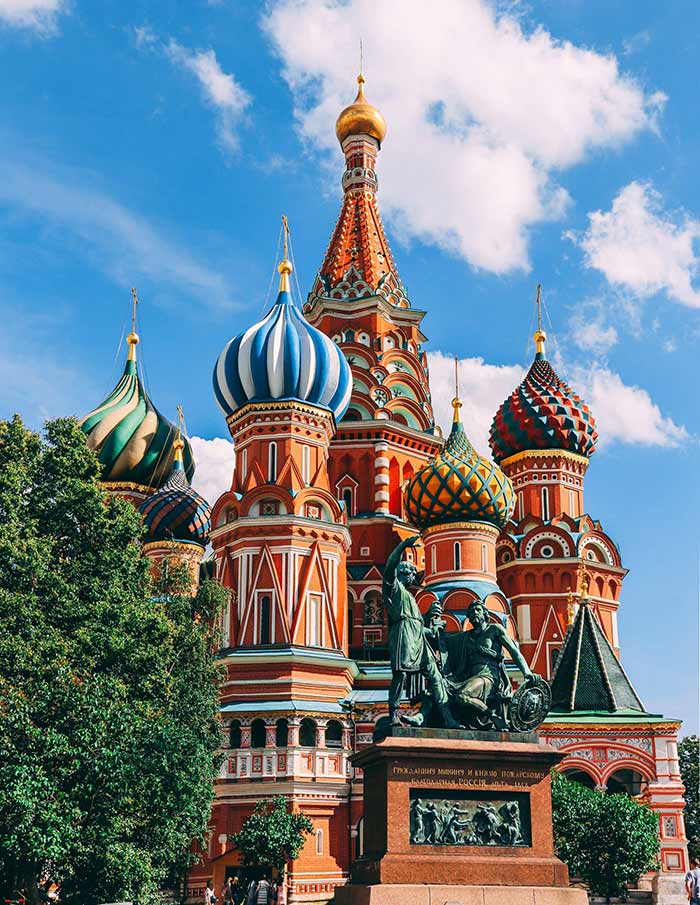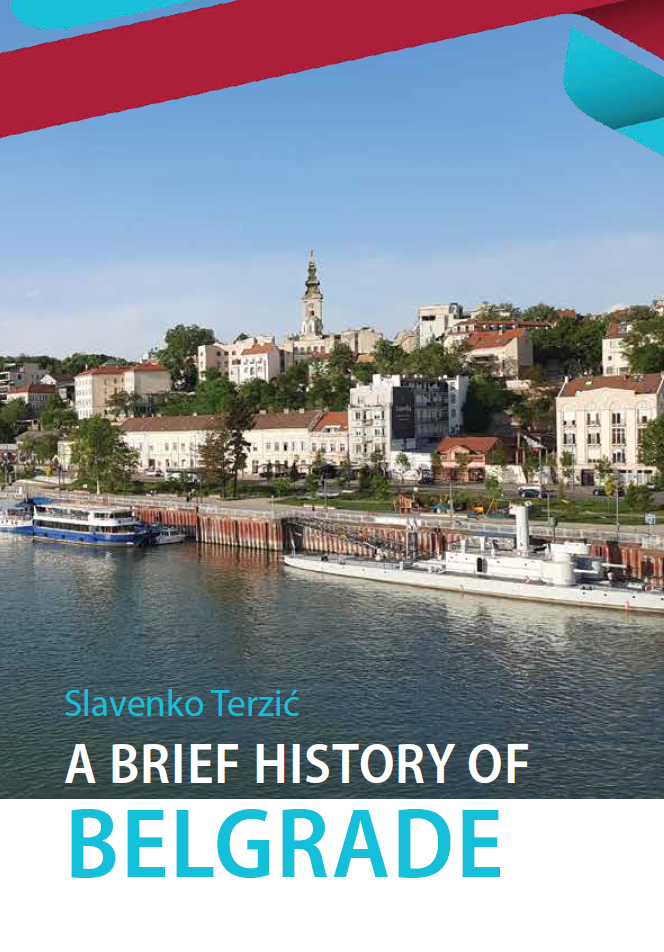Russian Tradition
Russian traditions consist of very interesting blend of Christian and pagan customs. For many centuries they have determined the rhythm and the lifestyle of the nation – from clearly written annual calendar to marriage and other rituals. Even non-religious people often enjoy celebrations of national holidays and execute certain rituals. Weddings, removals, funerals, long trips – all these events were necessarily accompanied by rituals. Many of them survived to this day. According to them, you can attract good luck and fight off evil spirits, bring fertility to your family or your farmland.

Popular holidays such as New Year, Christmas, Epiphany and Maslenitsa come with millions of traditions. New Year is accompanied by making wishes, snowballs, building snow forts and snowmen, sledding. Christmas and Epiphany are very religious holidays that are celebrated in the church and with family members. At Christmastime and many other holidays it was popular to tell fortune, mostly for unmarried girls to know who will be their husband. Some of them went out on a street and asked a name of a first passer-by (this shall be the name of the girl’s future groom), others tried to see him in a dream or in a mirror in a dark room. Maslenitsa is widely known as Sun and Spring Festival, its main traditions are fun, jokes and pancakes cooking.
Facts you should know about Arts, literature and architecture!
Ballet is a popular notable art form coming out of Russia. Founded in 1776, the Bolshoi Ballet is a classical ballet company based at the Bolshoi Theatre in Moscow and known throughout the world. The Mariinsky Ballet in Saint Petersburg is another famous ballet company in Russia.
Peter Ilyich Tchaikovsky, a 19th-century Russian composer, is world renowned for "Swan Lake" and the "1812 Overture," among other pieces. There are several museums, including his childhood home, showcasing his personal belongings and musical artifacts.
Russian literature has also had a worldwide impact, with writers such as Leon Tolstoy ("Anna Karenina" and "War and Peace") and Fyodor Dostoevsky ("Crime and Punishment" and "The Brothers Karamazov") still being read around the world.

Russian nesting dolls are well-known symbols of the country. These sets of dolls, known as matrioshka dolls, consist of a wooden figure that can be pulled apart to reveal another smaller version of the same image inside, and so on, often with six or more dolls nested inside one another. The painting of each doll, which can be extremely elaborate, usually symbolizes a Russian peasant girl in traditional costume.
Traditional food!

One of the most well-known traditional Russian foods that may seem strange to an outsider is borshch, also spelled borscht. This is a beet soup that is full of vegetables and meat and is typically served with a dollop of sour cream, a staple of many Russian dishes.
Pirozhkis are small baked buns that can be filled with potatoes, meat, cabbage or cheese. (They should not be confused with pierogis, which are Polish dumplings, boiled and then fried and stuffed with meat, cheese, potatoes or sauerkraut.)
Caviar, or ikra, traditionally made from the eggs of sturgeon found in the Black Sea or Caspian Sea, is often served on dark, crusty bread or with blini, which are similar to pancakes or crepes. Blini are also served rolled up with a variety of fillings, ranging from jam to cheese and onions, or even chocolate syrup.
Bring the Russian tradition to your life and table!













